GFCI outlets stand as a significant invention designed to protect from the dangers of electrical shock. The term GFCI stands for Ground Fault Circuit Interrupter, a technological advancement that quickly cuts off the power supply when a fault is detected, substantially reducing the risk of injury or death associated with electrical accidents. Understanding what is a GFCI outlet, how it functions, and its advantages can be immensely beneficial for homeowners looking to ensure a safe living environment. These specialized outlets are particularly crucial in areas of the home where the likelihood of electrical shock is heightened, such as bathrooms and kitchens, due to the presence of water.
Definition and Function of GFCI Outlets
A Ground Fault Circuit Interrupter (GFCI) is an essential device designed to prevent electrocution by quickly cutting off electrical power when a fault is detected. This safety mechanism is particularly crucial in environments where electrical circuits might come into contact with water, such as kitchens, bathrooms, laundry rooms, and outdoor areas.

How GFCI Outlets Work
GFCI outlets monitor the electrical current flowing through a circuit. The device is engineered to detect even slight imbalances between the incoming and outgoing current. Typically, a GFCI can sense discrepancies as minor as 4 to 5 milliamps of current and react in less than one-tenth of a second to interrupt the power supply. This rapid response helps prevent the lethal consequences of electrical shock, as it stops the flow of electricity before it can affect a person's heartbeat or cause serious injury.
Installation Areas
According to the National Electrical Code, GFCI receptacles should be installed in any area where electricity might inadvertently come into contact with water. This includes not only indoor spaces like kitchens and bathrooms but also outdoor areas where power tools or garden equipment are used. Their ability to quickly disrupt the electrical circuit makes them a vital component in safeguarding against electrical accidents.
GFCI Outlets vs Standard Outlets
Differences in Safety Features
Ground Fault Circuit Interrupter (GFCI) outlets and standard outlets differ significantly in their approach to safety. Standard electrical outlets do not offer protection against ground faults, which poses a risk, especially near water sources. These electrical outlets simply provide a pathway for electricity with no monitoring or interruption mechanism for electrical faults. In contrast, GFCI outlets incorporate advanced safety features designed to prevent electrical shock. They have sensors that continuously monitor the electrical current and can detect even minor imbalances between the incoming and outgoing currents. If a discrepancy is detected, indicating a potential ground fault, the GFCI receptacle swiftly cuts off the power supply, typically within milliseconds. This quick action helps prevent the risk of electrocution or electrical fires, which are possible when current accidentally flows through water or a human body.
Advantages of GFCI Receptacles
The primary advantage of GFCI receptacles over standard receptacles is their enhanced safety mechanism, which significantly reduces the likelihood of electrical shocks and fires. These outlets are particularly crucial in areas prone to moisture, such as kitchens, bathrooms, and outdoor spaces. The National Electrical Code mandates the installation of GFCI outlets in these high-risk areas due to their ability to detect and interrupt ground faults quickly.
Another benefit of GFCI receptacle outlets is their "Test" and "Reset" buttons, which allow for regular functionality checks. This feature ensures that the GFCI outlets are always operational and providing the necessary protection. Users can easily test these outlets by pressing the "Test" button, which should trip the outlet and cut the power, indicated by a snapping sound. After testing, pressing the "Reset" button will restore power, confirming the outlet's effective response to potential faults.

Furthermore, the installation of GFCI receptacle outlets is a proactive measure in safeguarding a home's electrical system and is now a standard in new constructions. Homes built after significant electrical safety enhancements, such as the introduction of GFCI technology, are less likely to experience electrical issues that older homes might face due to outdated systems. This modern safety standard not only protects the residents but also contributes to the overall electrical efficiency and reliability of the home infrastructure.
Essential Areas for GFCI Outlet Installation
GFCI receptacles are crucial for preventing electrical shocks, particularly in areas where water and electricity are likely to interact. The National Electrical Code (NEC) specifies several key areas within the home where GFCI outlets are essential to ensure safety.

Kitchens
In kitchens, the presence of water and electrical appliances close to each other increases the risk of electrical hazards. The NEC mandates that all 15 amp, 20 amp, and 125-volt outlets located within kitchen surface spaces must be GFCI protected. This includes outlets near sinks where the likelihood of water contact is high. GFCI outlets in kitchens help prevent electrical shocks by immediately shutting off power when a surge or imbalance in electrical flow is detected, protecting both the individuals and the appliances in use.
Bathrooms
Since 1975, it has been a requirement to install GFCI outlets in all home bathrooms across the United States due to the inherent risks associated with water and electricity. The NEC advises that at least one GFCI receptacle is necessary per bathroom, with a recommendation for two or three to accommodate multiple appliance uses simultaneously. This ensures that any electrical appliance used in these wet areas is quickly disconnected in the event of a fault, thereby safeguarding individuals from potential electric shocks.
Outdoor Installations
Outdoor areas are also critical zones for GFCI outlet installation due to exposure to weather elements such as rain, which can introduce water into electrical circuits. The NEC requires that all outdoor electrical outlets be equipped with GFCI protection to handle the increased risk of moisture contact. These electrical outlets should have watertight covers that maintain their protective capability even when cords are plugged in, ensuring continuous safety against electrical hazards in outdoor environments.
By adhering to these guidelines and installing GFCI outlets in kitchens, bathrooms, and outdoor areas, homeowners significantly enhance the safety of their living environments against electrical shocks and potential fires. Regular testing and maintenance of these outlets are also recommended to ensure they function correctly and provide the necessary protection at all times.
Benefits of Using GFCI Outlets
Prevention of Electric Shock
Ground Fault Circuit Interrupter (GFCI) electrical outlets are instrumental in preventing electric shocks. They are designed to protect against the dangers posed by electrified appliances and equipment in contact with water. If a fault in the electrical flow occurs, such as when an appliance becomes damaged by water, the GFCI detects this abnormal flow and immediately shuts off the power. This rapid response interrupts the electrical circuit before the body can become a path to ground, significantly reducing the risk of electrocution. GFCIs are sensitive enough to detect discrepancies in current as small as 4 to 6 milliamps and can react in less than one-tenth of a second. This sensitivity ensures that even in most scenarios where a shock could occur, the GFCI will act swiftly to mitigate the risk, providing only a minimal shock that is unlikely to cause serious harm or be fatal.

Compliance with Electrical Codes
GFCI outlets are not only a safety measure but also a compliance requirement in many residential and commercial settings. The National Electrical Code (NEC) has increasingly mandated the installation of GFCI outlets in areas prone to moisture such as kitchens, bathrooms, garages, and outdoor spaces. This requirement has expanded over the years to include more areas where the risk of electrical shock is heightened. For instance, the 2023 update of the NEC requires GFCI protection for all kitchen receptacles. GFCIs ensure that homes and buildings adhere to modern electrical safety standards, reducing liability and enhancing overall safety. Compliance with these codes is essential for new constructions and major renovations, ensuring that electrical installations prioritize human safety and are capable of passing rigorous inspections.

By installing GFCI outlets, homeowners and building managers not only safeguard the occupants but also ensure that their properties meet stringent safety standards that have been set to prevent electrical accidents. Regular testing and maintenance of these outlets are recommended to uphold their protective functions.
Troubleshooting Common GFCI Problems
Frequent Tripping
Ground Fault Circuit Interrupter (GFCI) outlets are designed to protect against electrical hazards, but they can occasionally trip frequently, which may indicate underlying issues. Common causes of frequent tripping include moisture intrusion, conductive dust accumulation, or an overloaded circuit.
- Moisture Intrusion: Moisture is a frequent culprit, especially in areas prone to dampness like bathrooms or outdoors. If a GFCI outlet trips due to moisture, allow it to dry completely before attempting a reset.
- Conductive Dust or Debris: Accumulation of dust or debris inside the outlet can disrupt the normal flow of electricity. Cleaning the outlet with a soft-bristled brush may resolve this issue.
- Overloaded Circuit: Connecting too many devices can overload a GFCI outlet. Try unplugging some devices and resetting the outlet to see if this resolves the tripping. If the problem persists, consider installing additional outlets to distribute the electrical load more evenly.
Non-Responsive GFCI Outlets
At times, GFCI outlets may fail to respond altogether, which can be due to several factors such as faulty wiring, a worn-out outlet, or issues with the circuit breaker.
- Faulty Wiring or Installation: If the GFCI outlet does not reset or does not power devices, it could be due to improper wiring or a faulty installation. Testing the outlet with a receptacle tester can help identify if there is a wiring issue.
- Worn-Out Outlets: GFCI receptacles typically have a lifespan of 15 to 25 years. Outlets that are old or show signs of wear and tear should be replaced to ensure continued protection.
- Circuit Breaker Issues: Sometimes, the problem might not be with the electrical outlet itself but with the circuit breaker. Check if the breaker has tripped and ensure it is functioning correctly. If the breaker trips repeatedly, this could indicate a more serious electrical issue that requires professional attention.
In cases where GFCI outlets do not function as expected, pressing the "Test" button followed by the "Reset" button should help determine whether the outlet is capable of properly interrupting the circuit. If the outlet remains non-responsive or if troubleshooting does not resolve the issues, it is advisable to contact a licensed electrician to inspect and, if necessary, replace the faulty GFCI outlet. Regular testing and maintenance are recommended to ensure that GFCI outlets continue to provide reliable protection against electrical hazards.






























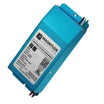













































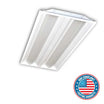














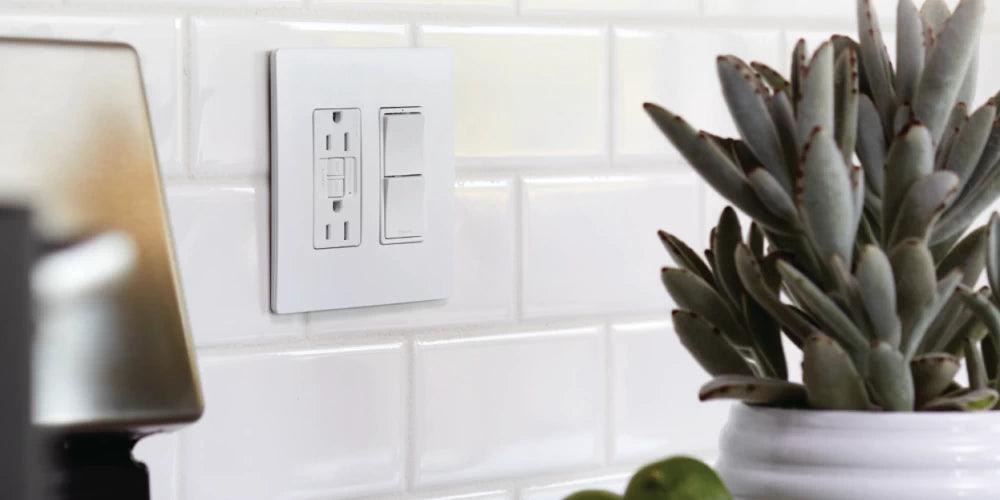
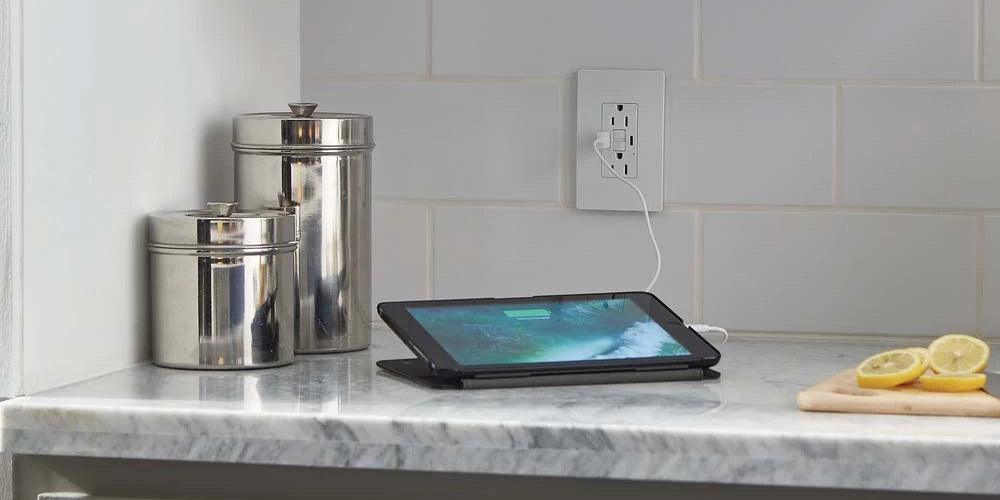
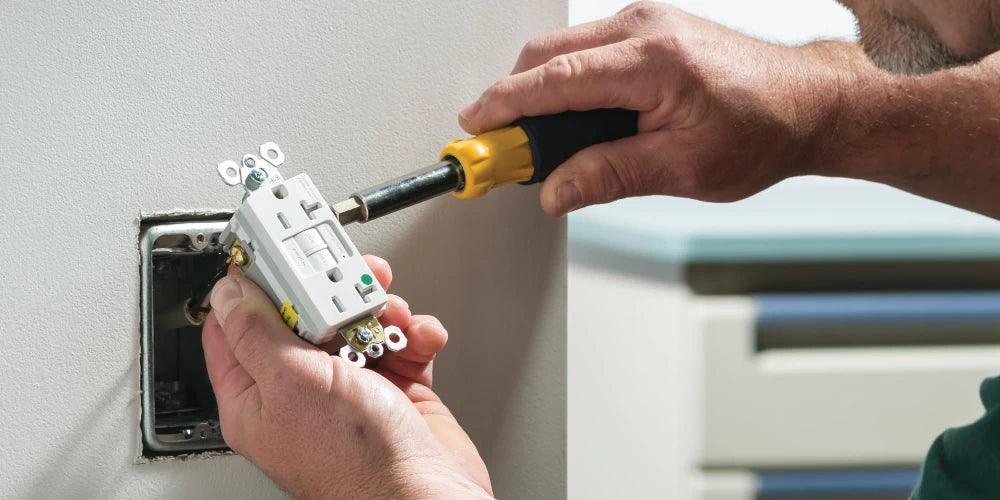
Leave a comment
All comments are moderated before being published.
This site is protected by hCaptcha and the hCaptcha Privacy Policy and Terms of Service apply.